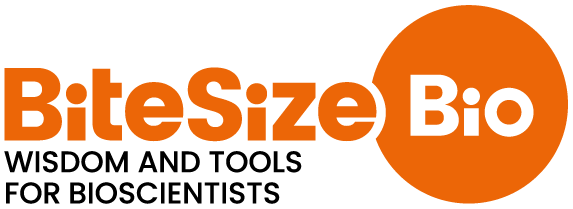
Dr Adam Pawson
Senior Managing Editor, Bitesize Bio
Appears in 30 Episodes
Multiplexing Magic: How MULTI-seq Revolutionizes Single-Cell RNA Sequencing
Learn more about the capabilities of MULTI-seq in single-cell sequencing in this episode of Listen In. Developed by the Gartner Lab at UCSF, this innovative multiplexi...
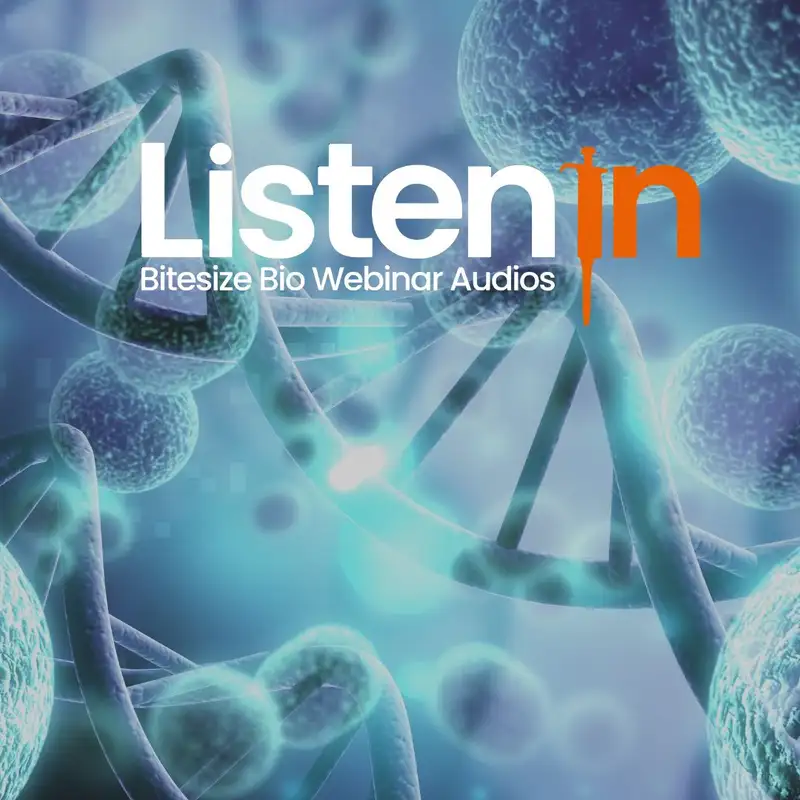
Accelerate Scientific Progress: The Power of Reproducibility, Collaboration and New Imaging Technologies
Imaging scientists have a critical educational role in improving rigor and reproducibility by sharing their technical expertise and providing intellectual contribution...

Inside Immunoassays: Best Practices for Accurate and Reliable Results
Immunoassays play an indispensable role in scientific research. They facilitate the detection and quantification of specific analytes, enabling in-depth investigations...

Windows On Neurovascular Pathologies
The brain is an immune-privileged organ, meaning it is protected from the entry of pathogens, blood circulating factors, and immune cells by a physical barrier called ...
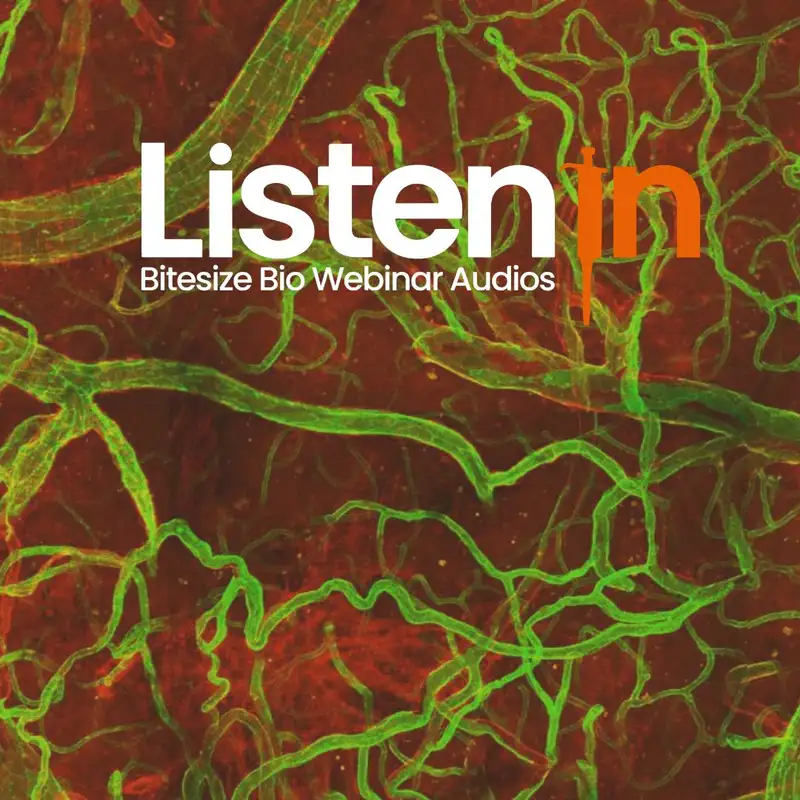
Visualizing Protein-Protein Interactions by Non-fitting and Easy FRET-FLIM Approaches
Understanding molecular interactions in living cells is one of the key elements to deciphering the molecular mechanisms underpinning most cellular functions. Förster r...
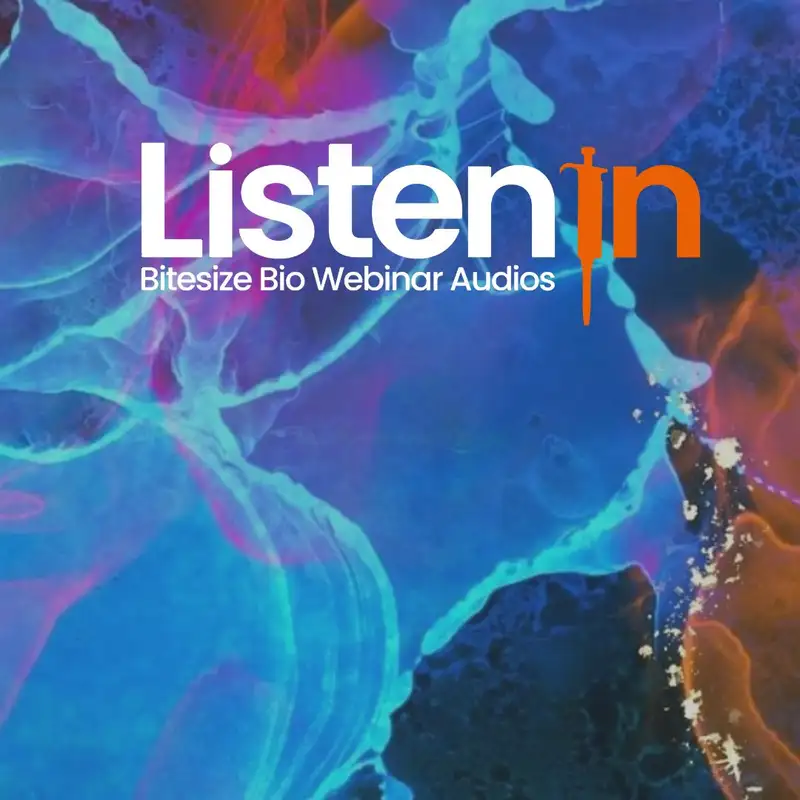
Optimizing Nuclei Extraction & Counting for Single Cell Sequencing
Single cell sequencing samples must be prepared to the highest possible standard.Discover reliable techniques to prepare and validate nuclei samples for single cell se...
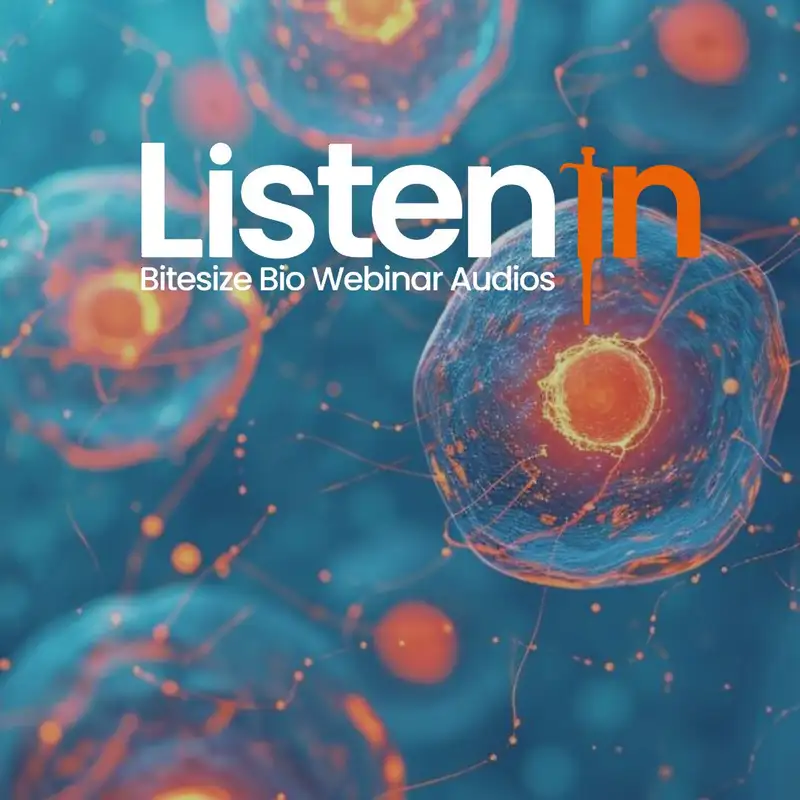
New TauSTED Tools for Gentle Live Imaging at Nanoscale Resolution
This episode of Listen In showcases the latest tools and developments for multiplex STED imaging of living specimens at nanoscale resolution. Confocal imaging is a fun...
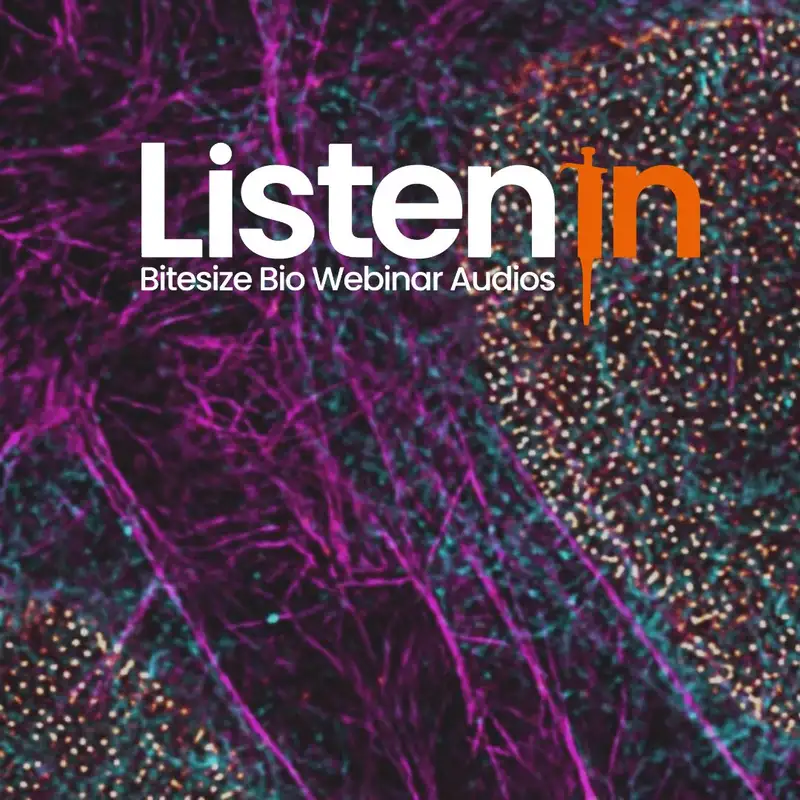
Finding The Ideal Hook for Your Science Story
Your research is important, but it can be hard to explain to others why it's important. In this episode of Listen In, you'll learn to find the ideal hook for your scie...

Culture Media Preparation: Contamination Control and Retention of Critical Components
Contamination poses a significant risk in cell culture, jeopardizing research outcomes and incurring costly setbacks.This episode of Listen In gives you valuable insig...
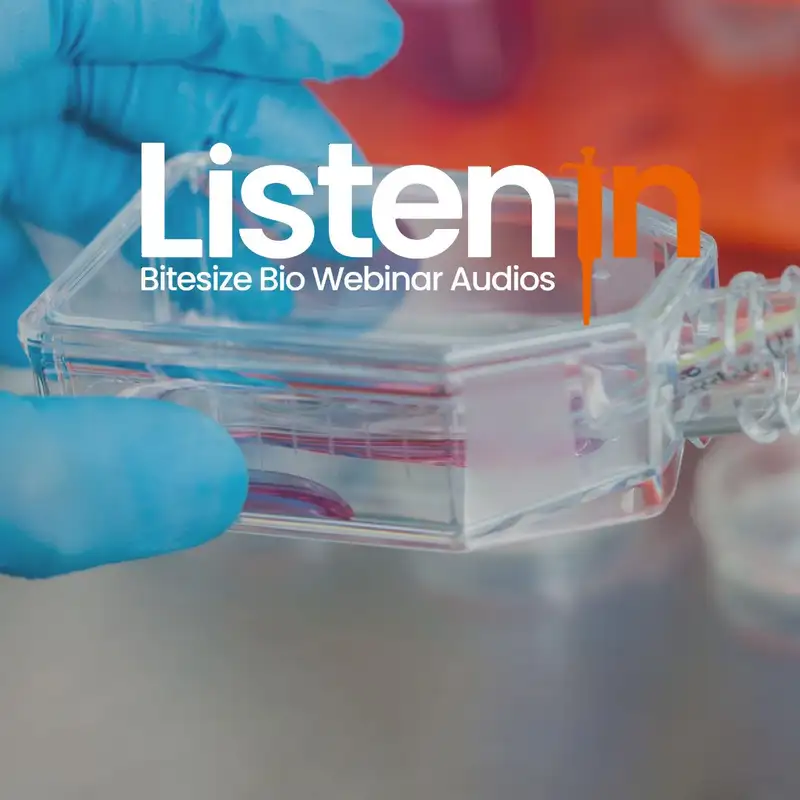
Automate Your Pipetting — Unleash Your Potential
Despite the growing number of new technologies and automated instruments, routine liquid handling is still a manual process in many labs. The trend towards automation ...
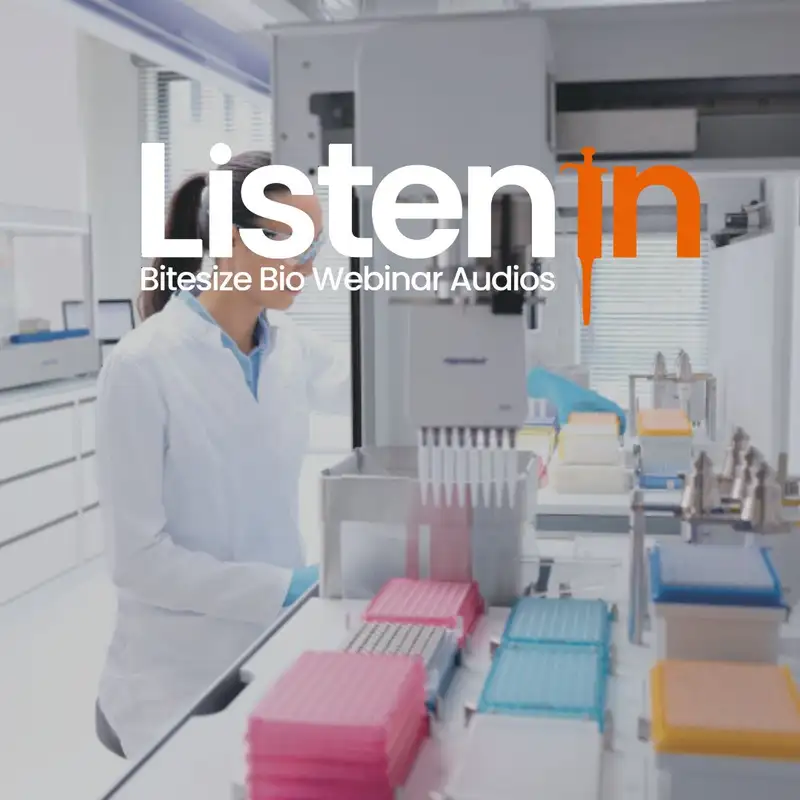
Cellular Crosstalk in Neurodevelopmental Disorders
Inspired by mutations associated with neurodevelopmental disorders, Prof. Dr. Silvia Cappello’s group at the Ludwig Maximilian University of Munich aims to understand ...
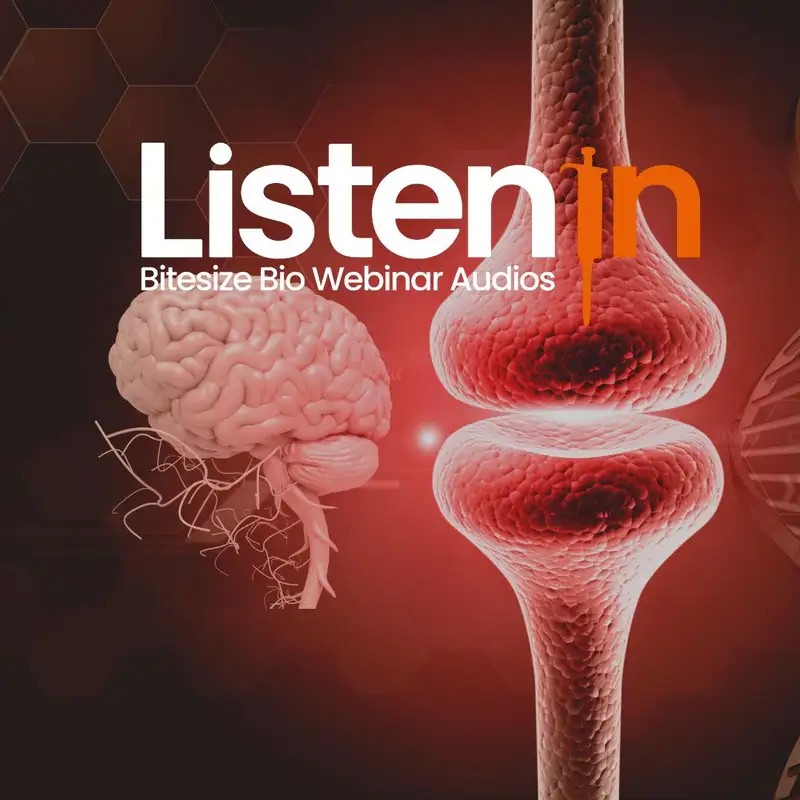
Approaches for More Transparent, Rigorous, and Reproducible Research
Improving open science and research reproducibility is both a technical and a social challenge.But how do we do it?One way is to design, conduct, and report research t...

Confirmation Bias and The Scientific Method II: Applying the Scientific Method
For many researchers, modern science has become about getting results rather than asking questions. Results mean publications, and publications mean more funding. Howe...
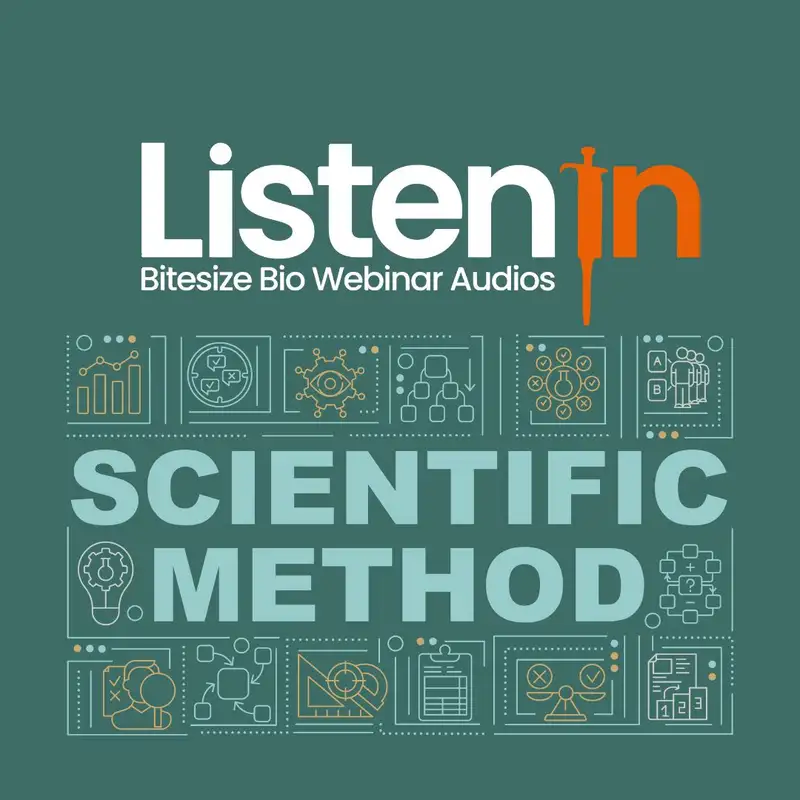
Confirmation Bias and The Scientific Method I: How to Avoid Confirmation Bias
For many researchers, modern science has become about getting results rather than asking questions. Results mean publications, and publications mean more funding. Howe...

The 12Rs Framework: Enabling High-quality Humane Research Involving Animals
In this episode of Listen In, see how emerging and global challenges of conducting ethical animal research have led to the 12Rs Framework to guide humane experimental ...

Back to Buffer Basics: Everything You Need to Know About Buffers
Buffers are critical to nearly all our experiments. Poorly prepared buffers lead to failed Western blots, poor protein yields, flat binding curves—and wasted time. Und...

Jump into 3D Organoids: Basic Culture Techniques and Advanced Applications
Organoids are three-dimensional in vitro cultures derived directly from patient tissues or induced pluripotent stem cells (iPSC) and embryonic stem cells. They self-or...

Ten Common Statistical Mistakes to Watch out for When Writing or Reviewing a Manuscript
Some scientific papers are unbelievable as they showcase experimental excellence that we did not think possible. These papers astound us with their groundbreaking find...

Reproducibility: Mastering the Art of Pipetting
Have you ever transferred glycerol or ethanol with a pipette? We all know how hard it is, and we've all been dubious about the accuracy of our final volumes. While you...

Errors and Misconduct in Biomedical Research
What are the motives behind science misconduct? How is data manipulated to evidence dubious results? And do you think you can spot edited and faked data? Any fraud in ...

